Hors saison HYROX Entraînement
Alors que les Championnats du Monde HYROX viennent de se dérouler, nous avons maintenant plus de 4 mois avant le prochain événement HYROX au Royaume-Uni. Cela signifie que nous avons le temps de travailler sur nos faiblesses, tout en devenant plus forts et en meilleure forme.
Vous pensez peut-être déjà connaître vos faiblesses - vous pensez peut-être que vous devez vous améliorer en course à pied, ou que si vous deveniez plus fort, votre poussée sur la luge s'améliorerait, mais il y a d'autres éléments de la condition physique dont vous ne vous rendez peut-être pas compte qu'ils ont un impact sur vos performances globales. C'est le moment de les travailler, et voici comment je vous suggère de répartir les prochains mois d'entraînement et les points sur lesquels vous devez vous concentrer :
Je recommande de diviser votre entraînement en blocs de 6 à 8 semaines.
Si vous avez plus de 12 semaines avant votre prochain événement HYROX, c'est le bon moment pour vous concentrer sur votre renforcement, votre mise en forme et votre mobilité. Vous trouverez ci-dessous les principaux objectifs de ce bloc :
- Construire une base solide de fitness (course et ergs)
- Renforcer la force générale
- Progresser dans tous les éléments de la condition physique, qui sont énumérés ci-dessous :
-
Force musculaire : La quantité de force physique que vos muscles peuvent déployer, le poids que vous pouvez soulever.
-
Endurance musculaire : La capacité d'un groupe musculaire à s'engager de manière répétitive sur une période de temps prolongée, également connue comme la mesure du "réservoir d'essence" d'un groupe musculaire.
-
Endurance cardiovasculaire : La capacité à fonctionner pendant de longues périodes avec un rythme cardiaque élevé.
-
Composition de la graisse corporelle : Le rapport entre la quantité de graisse corporelle et la masse corporelle totale.
-
Équilibre et coordination : L'équilibre est défini comme la capacité à rester debout et à contrôler son corps, tandis que la coordination est la capacité à contrôler les membres de son corps avec efficacité et dextérité.
-
Vitesse ou rapidité : La capacité de bouger tout ou partie du corps aussi rapidement que possible.
-
Flexibilité : La capacité d'étirer les muscles sans les tirer ou les déchirer.
-
Agilité : Capacité à effectuer des mouvements rapides de l'ensemble du corps avec changement de vitesse ou de direction en réponse à un stimulus.
-
Puissance : la quantité de force qu'une personne est capable d'utiliser au cours d'un mouvement, ainsi que la vitesse du mouvement.
- Temps de réaction : La vitesse à laquelle une personne peut répondre à un stimulus.
Si vous êtes à 12-6 semaines de votre épreuve HYROX, vous devriez vous concentrer sur les points suivants :
- Commencer à ajouter à votre entraînement des exercices spécifiques à l'HYROX.
- Progresser vers des poids plus lourds que ceux que vous utiliserez le jour de l'HYROX.
- Ajoutez au moins une séance "HYROX" par semaine.
- Commencez à axer votre entraînement sur le développement de l'endurance musculaire et de la vitesse en course à pied/ergs.
Dans les 6 à 1 semaines qui suivent votre épreuve Hyrox, vous devriez vous concentrer sur les points suivants :
- Devenir vraiment spécifique avec les exercices et les quantités HYROX - cela devrait imiter les conditions du jour de la course en ce qui concerne la sélection des exercices, le poids et les répétitions.
- Reproduire les scénarios du jour de la course.
- Commencez à vous concentrer sur la technique et la tactique pour chaque mouvement, et pratiquez-les. Si vous participez à des compétitions en double, c'est le moment idéal pour organiser quelques séances d'entraînement et pratiquer les transitions et l'ordre dans lequel vous effectuerez les exercices.
- Incorporez davantage de séances "HYROX" dans votre entraînement.
- Entraînez-vous à la nutrition le jour de la course, trouvez ce qui vous convient le mieux et intégrez-le à vos séances d'entraînement.
La semaine précédant l'HYROX, c'est le moment de commencer à réduire l'entraînement. Cela signifie qu'il ne faut pas s'entraîner aussi lourdement ou aussi fréquemment que nous l'avons fait, et je recommande d'incorporer quelques jours de repos à l'approche du jour de la course. Il faut s'assurer que la nutrition est correcte, que la récupération et le sommeil sont optimaux et que l'on a un plan à toute épreuve pour le jour de la course. À ce stade, tout le travail a été fait et il est temps de se lancer et d'écraser sa course !
Nutrition pendant l'entraînement hors saison :
Notre objectif principal doit être de maintenir une alimentation saine et riche en protéines, variée et contenant suffisamment de calories pour alimenter notre corps. Pour ce faire, je recommanderais d'essayer de faire en sorte que 80 % de notre alimentation provienne d'aliments entiers, et que les 20 % restants soient composés comme vous le souhaitez.
Protéines - visez une consommation de 1,7 à 2,2 g de protéines par kilo de poids corporel et par jour. Les sources de protéines sont le poulet, le steak, les œufs, le poisson, le fromage, etc.
Nous voulons donner la priorité à la consommation d'hydrates de carbone avant l'entraînement, car ils vont alimenter notre corps. Idéalement, nous voulons quelque chose de facile à digérer avant l'entraînement et qui ne soit pas trop lourd pour l'estomac, comme des bagels, de la bouillie d'avoine, du riz, des barres de céréales, des bananes, etc.
Il est important d'inclure dans votre alimentation des graisses saines et non transformées, car elles contribuent à une santé optimale et à la production d'hormones. Les graisses animales et les fruits à coque constituent une excellente option à cet égard.



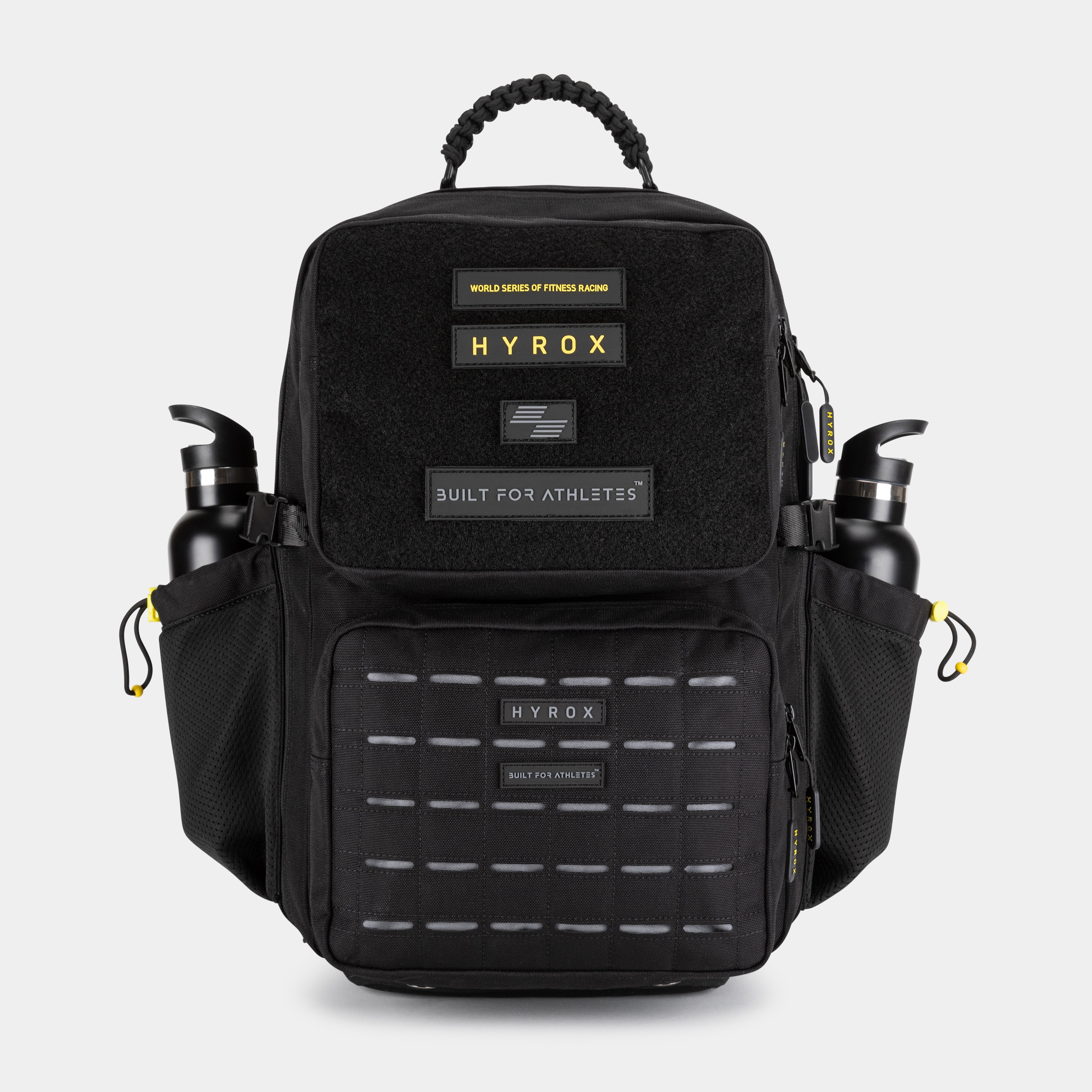

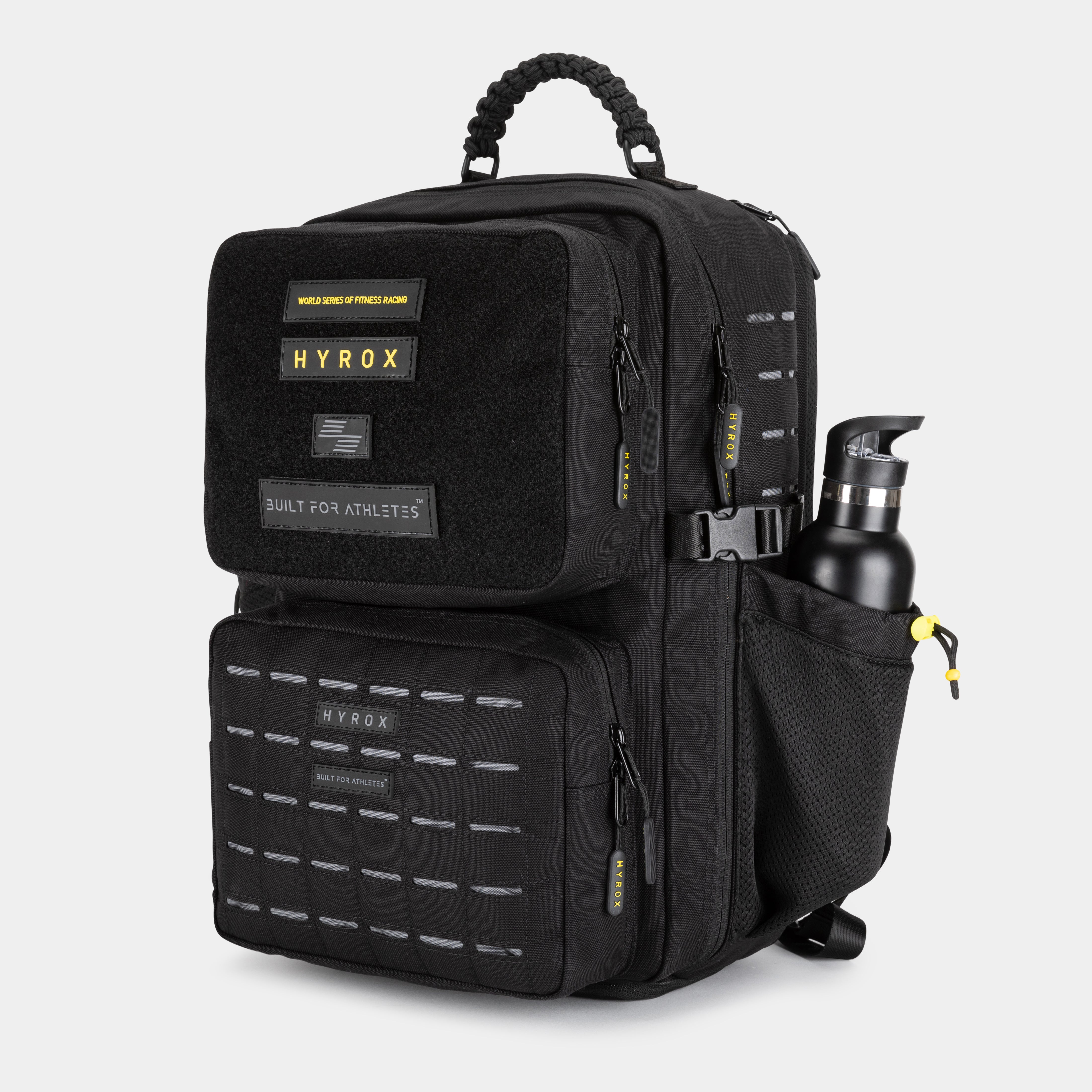

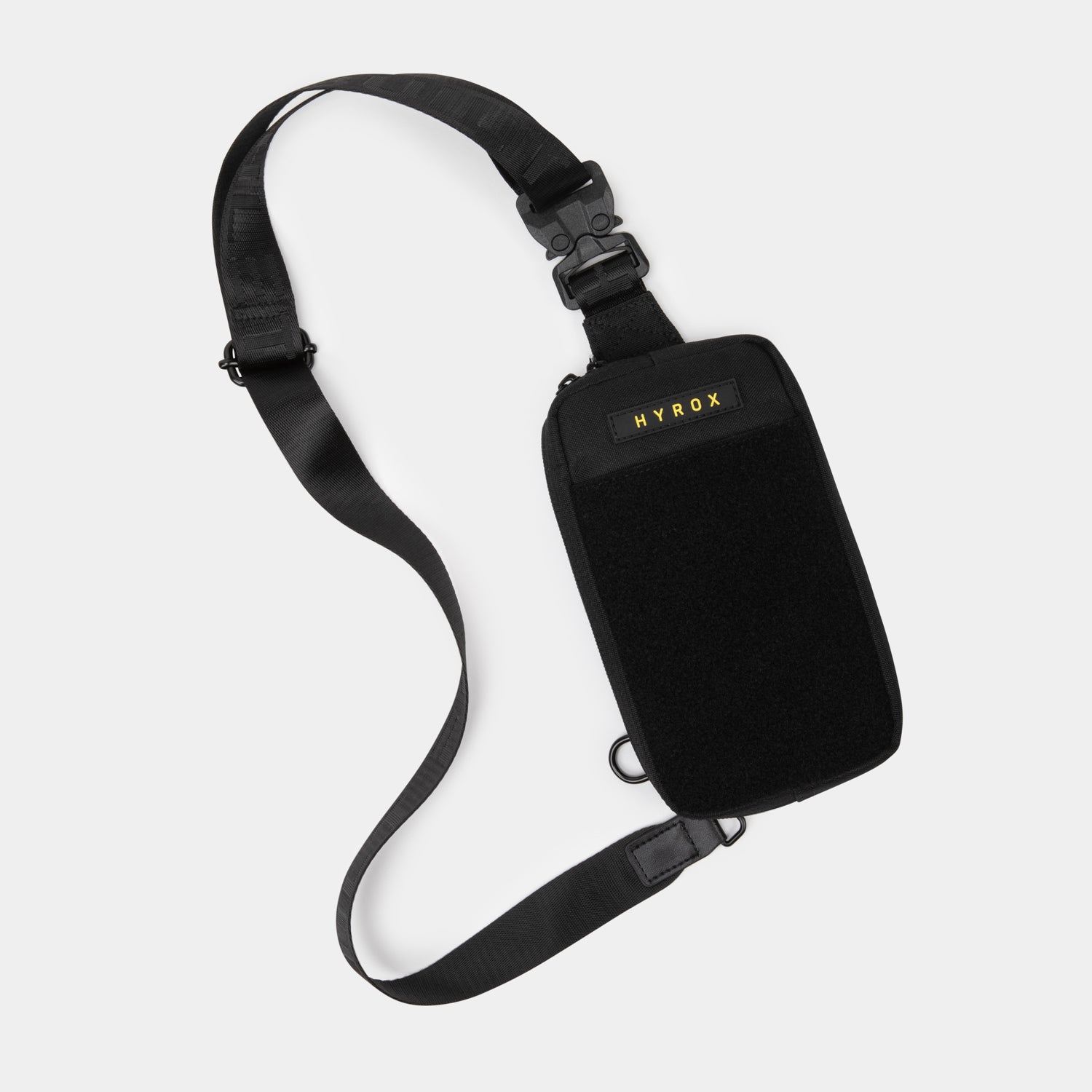


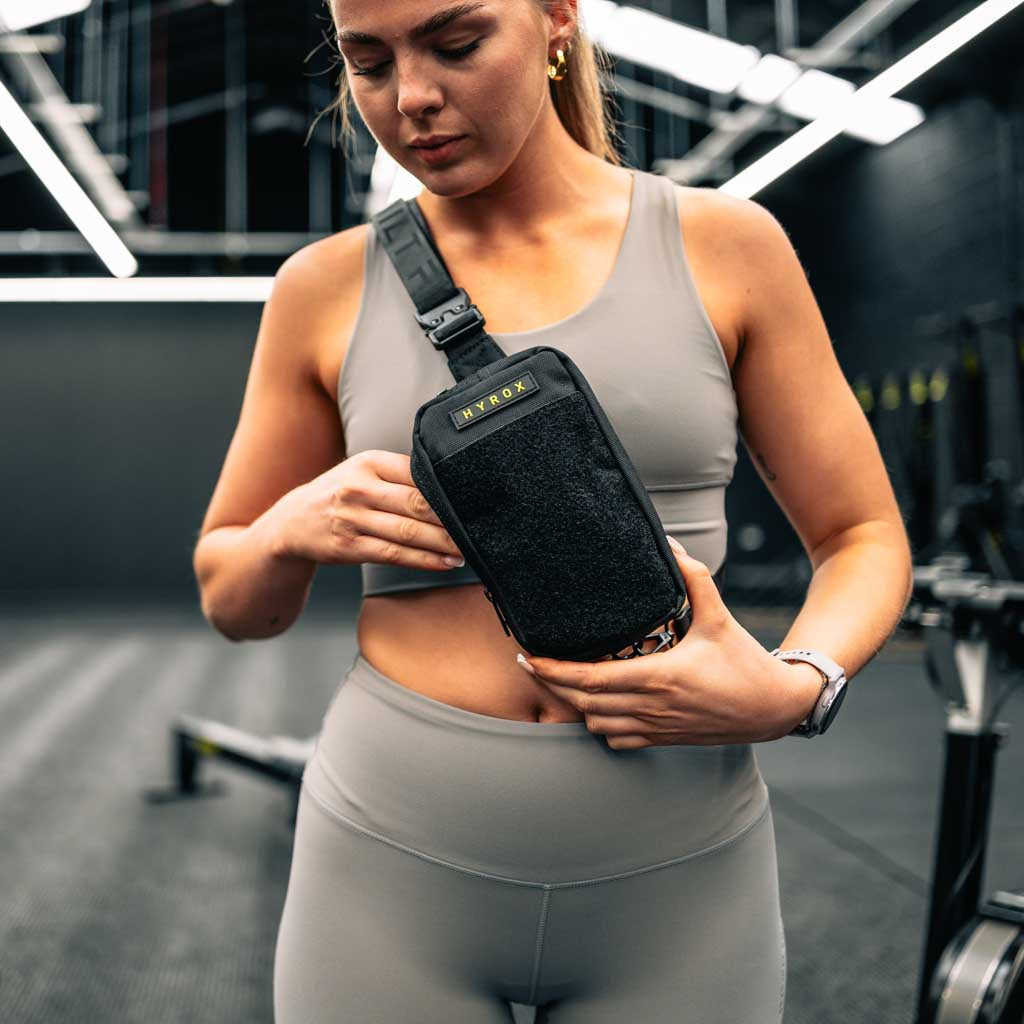




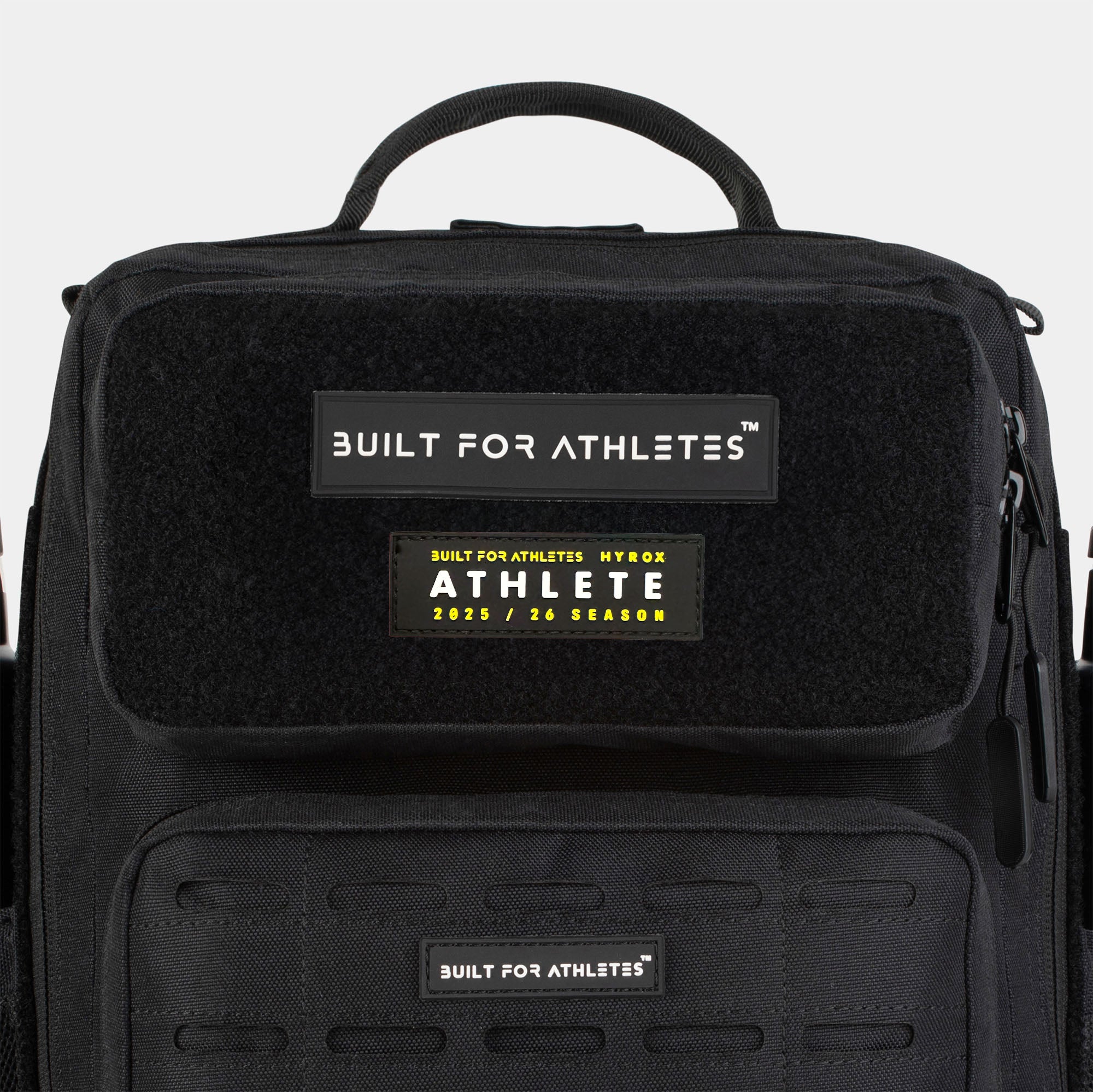
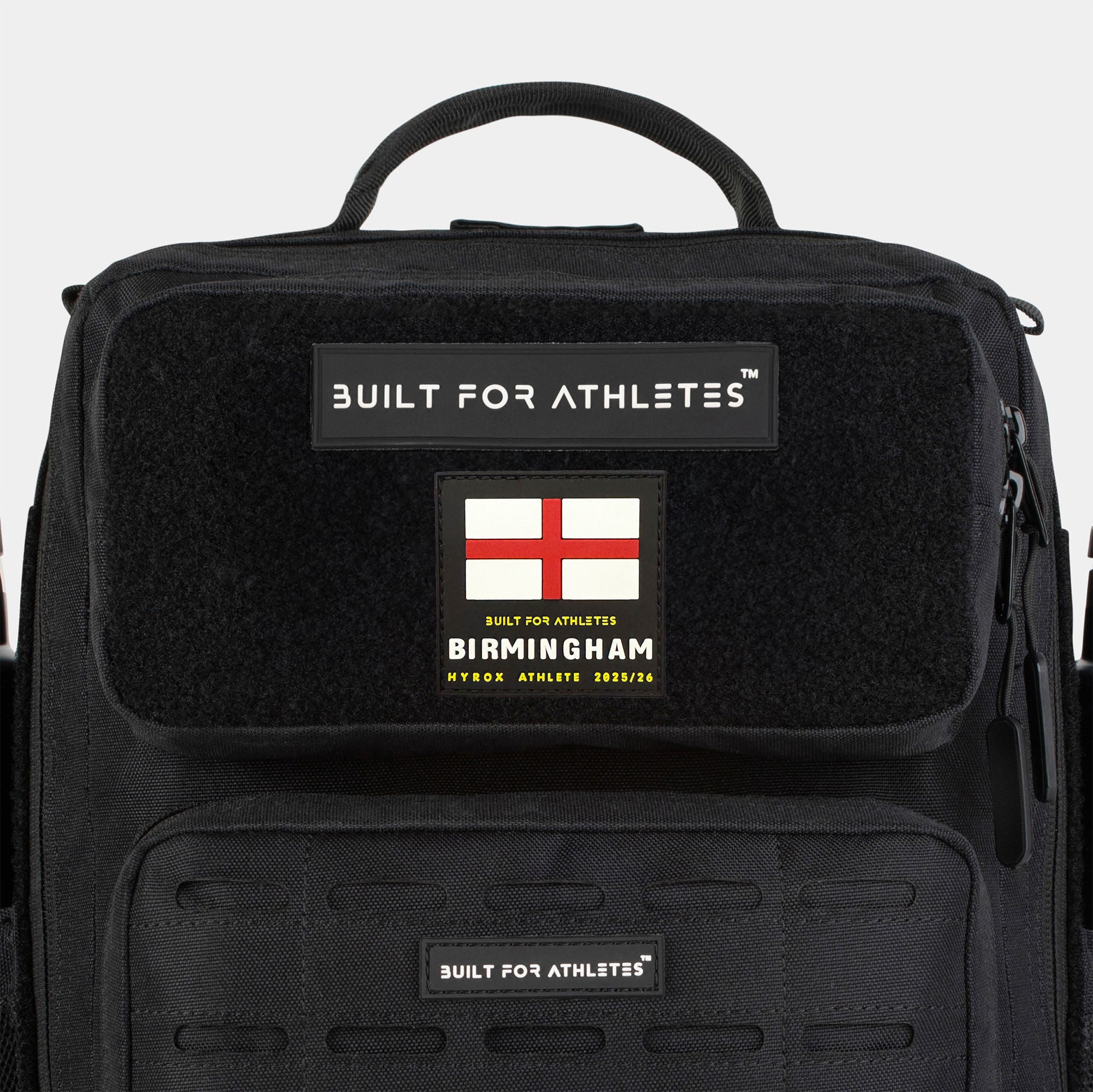



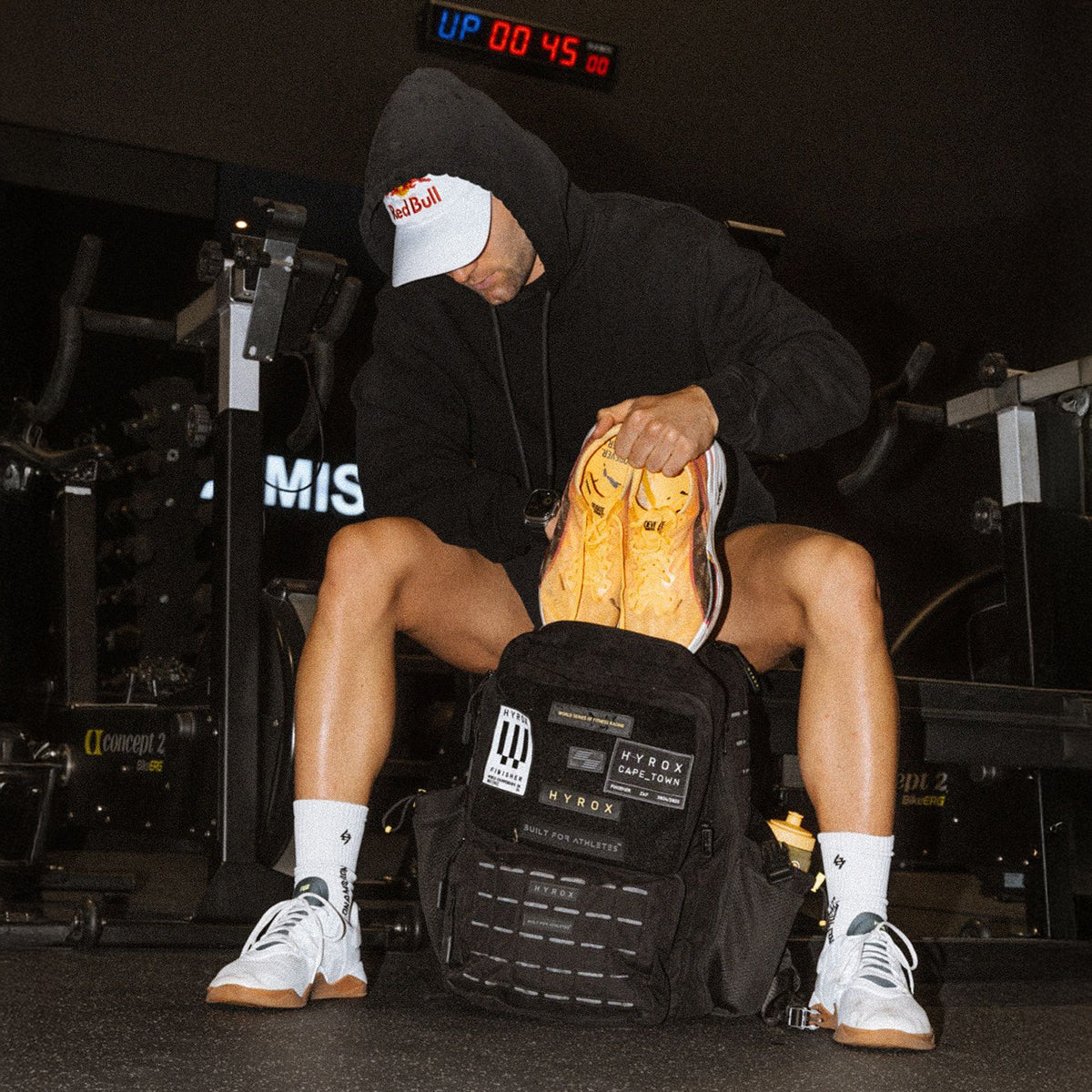

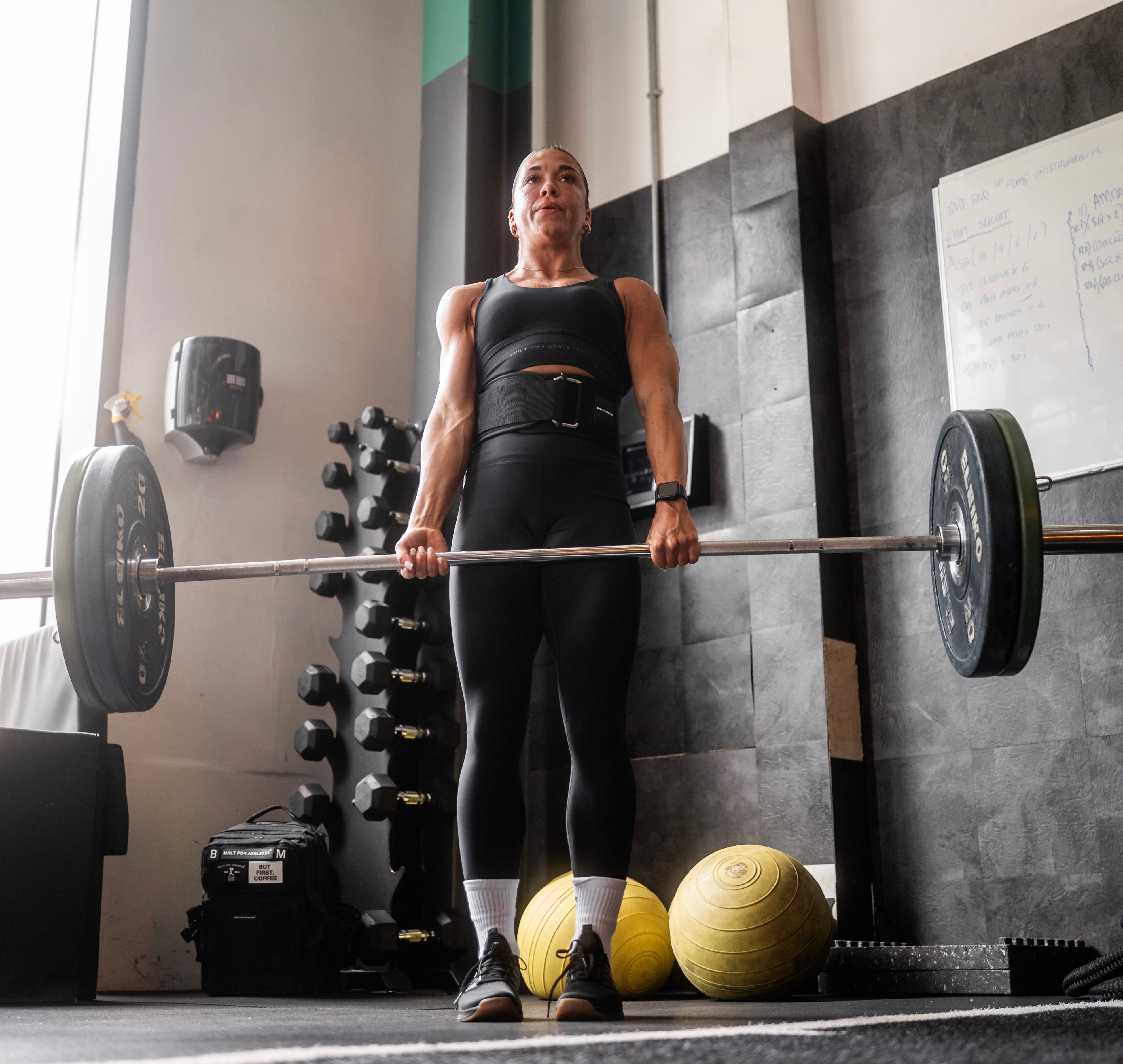
Partager:
#WOTW : Jake Dearden HYROX Master Trainer Series
Jonny Pain sur le programme parfait